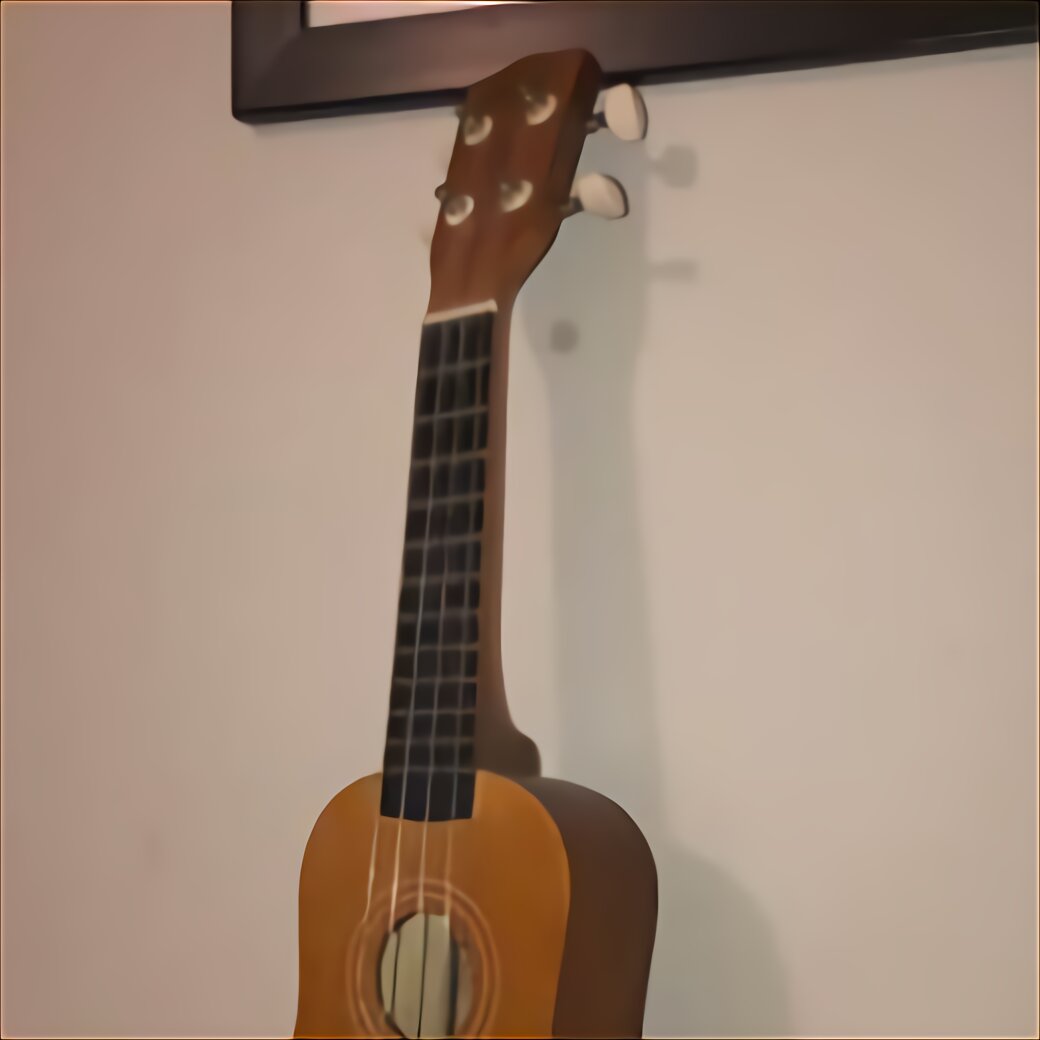Why Every Guitar Player Should Learn The Best Ukulele
Why Every Guitar Player Should Learn The Best Ukulele
Blog Article

The internet has evolved from a cyber-wonderland to an anarchistic, and treacherous, landscape where the least scrupulous amongst us are engaged in a vicious free-for-all. The Latin expression "Caveat Emptor" (let the buyer beware) is at the height of its meaning there, and no real relief seems to be coming any time soon.
Finally the least Ukulele for sale in uk common is re-entrant D tuning a somewhat new technique. You are going to want some non-standard strings so that you can make use of this tuning. This is also much like a guitar, but with the D string tuned higher.
Record your own playing as often as you can. It's difficult to play and listen at the same time. Quite often just noticing what you're doing wrong is enough to fix the problem.
C: Crazy crawling: Spread out kitchen chairs and try crawling under and around them. Get a stopwatch and try to beat your time. If you are too big to crawl under chairs, try crawling under the table instead!
Buy yourself a good uke. Do some studies first, find a Ukulele that you really like, that has good tone and analyze Click here its neck and the height of the strings. If the neck feels comfortable, if the height of the strings is not too high or too low (they make a buzz) and if the price is not the cheapest (lower price reflect on quality, which can hinder progress), than you should become the owner of that ukulele.
The good thing about having a Ukulele for sale life lesson is that you can have interaction with the teacher. The negative aspect is that it is on his time and not yours and it can turn out to be a costly endeavor.
The best way to pick up on these chord variations is to listen to the melody. It's often easier to work out single notes than it is full chords. If you can figure out how to play the melody, all the better. Melody notes are often picked up on in the chords. So if you can find these notes, they will help you find those subtle chord variations.
Hold down the second string (from the top) at the 4th fret, and pick it alternating with your open string underneath it. Tune this open 3rd string to sound the same as fretted one above it.